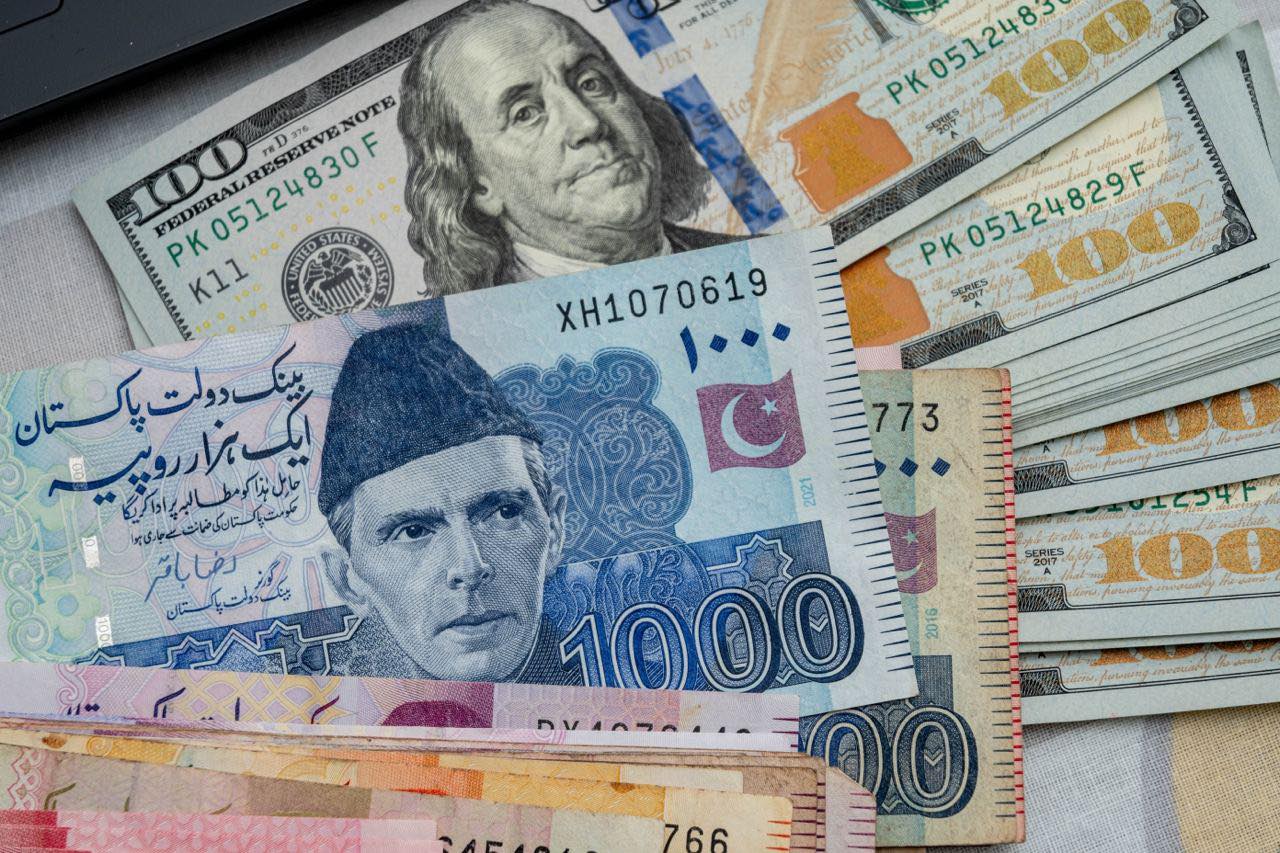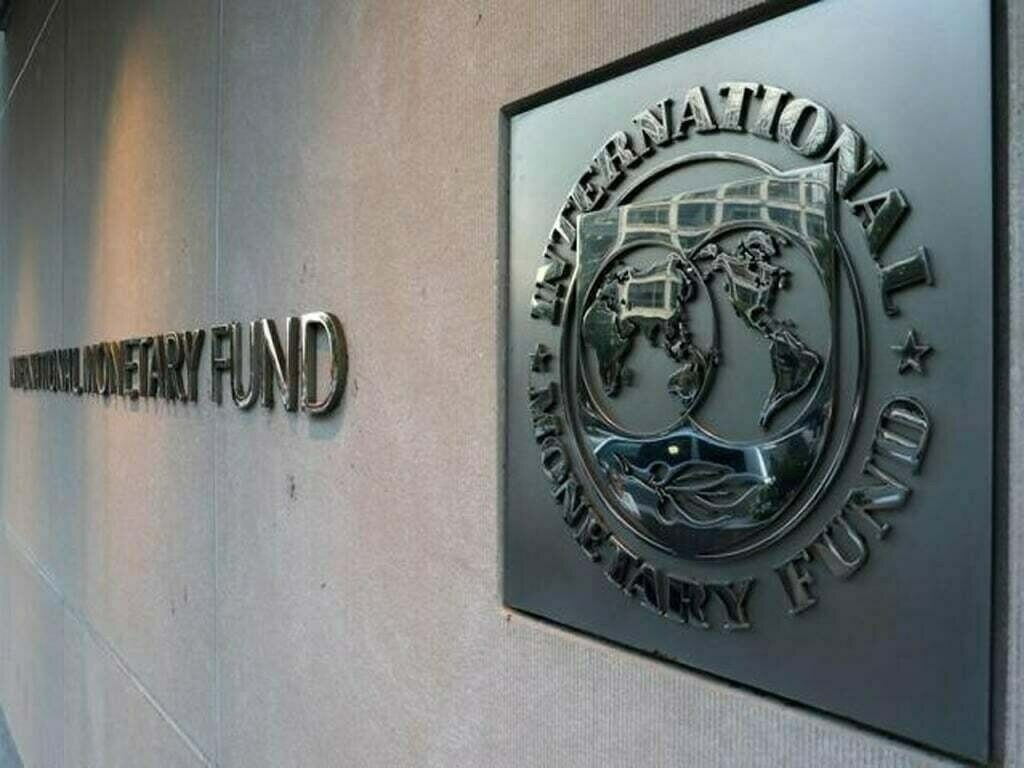The Pakistani rupee maintained its stability against the US dollar in the inter-bank market on Thursday, closing unchanged at 279.67, as reported by the State Bank of Pakistan (SBP). This stability follows a similar performance on Wednesday, when the rupee settled at 279.67 against the greenback, as per SBP data.
In a significant development, Caretaker Prime Minister Anwaar-ul-Haq Kakar directed the Ministry of Energy to devise a comprehensive plan, in consultation with the Finance Ministry, aimed at reducing the circular debt burdening the power and gas sectors. This directive underscores the government’s commitment to addressing critical economic challenges.
Globally, the US dollar maintained its strength, hovering near a six-week high on Thursday, amidst anticipation of key economic data, including GDP figures, which could influence future interest rate decisions by the Federal Reserve. Meanwhile, the euro weakened ahead of the European Central Bank’s policy meeting.
Market data revealed an uptick in US business activity in January, coupled with signs of easing inflationary pressures, contributing to the dollar index’s modest gain. Investors remained cautious, awaiting further cues from the upcoming Federal Reserve’s policy meeting.
Oil prices, often seen as a barometer of currency stability, experienced a rise following reports of a larger-than-expected decline in US crude stockpiles and the Chinese central bank’s decision to cut banks’ reserve ratio, bolstering hopes of economic recovery.
In the open market, the Pakistani rupee witnessed fluctuations against major currencies. Against the US dollar, the rupee lost 8.00 paisa for buying and selling, closing at 278.89 and 280.94, respectively. Similarly, against the Euro, UAE Dirham, and Saudi Riyal, the rupee’s performance varied, reflecting market dynamics and global trends.
Amidst evolving global economic conditions and domestic policy directives, the Pakistani currency’s movements continue to be influenced by a multitude of factors, emphasizing the need for proactive measures to ensure stability and resilience in the financial markets.




